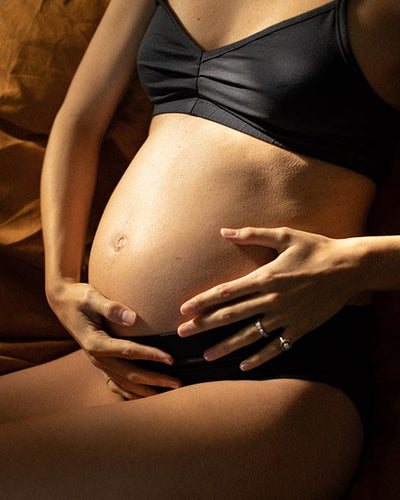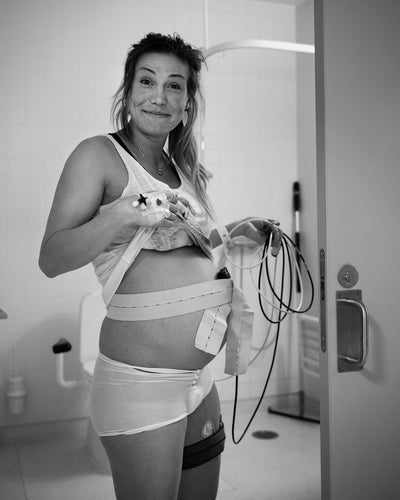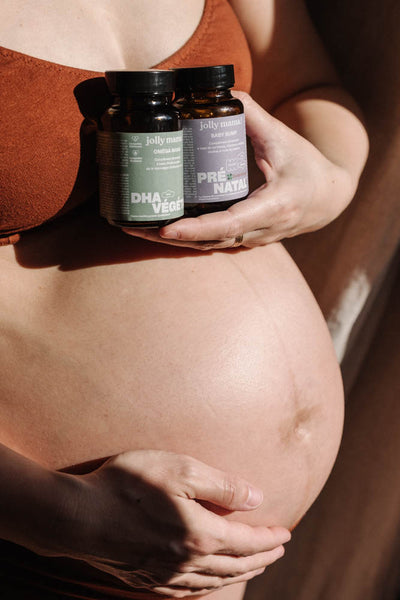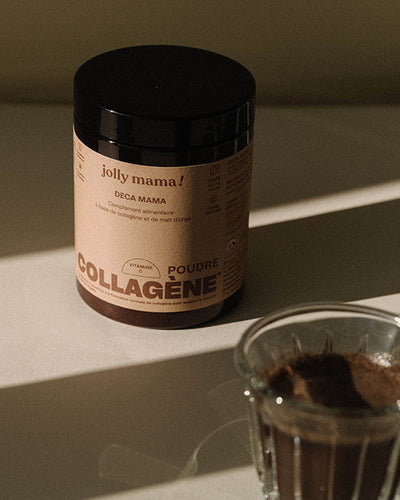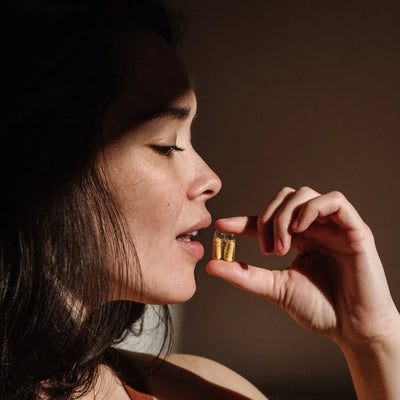L’équilibre hormonal, c’est la sécrétion des bonnes hormones au bon moment, en harmonie. Tout fonctionne en synergie.
Ainsi, quand il y en a trop ou pas assez d’oestrogènes, cela impacte non seulement l’ovulation, la qualité de l’endomètre et les règles, mais aussi les niveaux de progestérone par exemple, d’histamine (une substance inflammatoire intervenant dans la sécrétion d’acide gastrique, les allergies, les maux de tête, les soucis de peau…), au niveau des os, du cerveau, des muscles, le travail du foie, etc.
Globalement, en fonction du ratio, on observe différents symptômes.
Les signes les plus fréquents sont également les troubles du sommeil, troubles dépressifs, fatigue, et au niveau des signes physiques on peut observer une augmentation du poids, de l’acné…
Les perturbateurs vont jouer sur la fertilité
Les perturbateurs endocriniens vont avoir divers effets, les effets dépendant du type de perturbateur. Par exemple, le pesticide DDT a été associé à une diminution des niveaux de progestérone et à une phase lutéale plus courte chez les femmes, d'environ 1.5 jour pour l’exposition la plus élevée au DDT [17].
La phase lutéale, et ainsi le temps disponible à l’embryon pour venir s’implanter dans l’endomètre, est écourtée. L’insuffisance de progestérone est d’ailleurs souvent à l’origine de fausses couches.
L’acné hormonale
Un dérèglement hormonal peut générer des éruptions cutanées et des poussées d’acné hormonale. Les femmes sont plus sujettes à ces fluctuations, notamment en cas de SOPK ou au cours des périodes suivantes : autour des menstruations et de l’ovulation, pendant la grossesse, la péri ménopause, et après l’arrêt ou le début de la prise de pilule contraceptive.
Il est établi que les androgènes sont impliqués dans le développement de cette acné. La testostérone, le sulfate de déhydroépiandrostérone (SDHEA) et la dihydrotestostérone (DHT) sont tous trois des androgènes (hormones sexuelles mâles) qui stimulent la croissance des glandes sébacées et donc la sécrétion de sébum [18].
Les œstrogènes ont l'effet inverse, c'est-à-dire qu'ils inhibent la sécrétion des androgènes, modulent les gènes impliqués dans la croissance de la glande sébacée et inhibent leur fonction. L'activité de la glande sébacée dépend donc du rapport œstrogène / androgène [19]. D'un autre côté, trop d'oestrogène favorise la sur-sécrétion d'histamine qui est une substance inflammatoire ayant tendance à se concentrer dans la peau et qui peut contribuer aux éruptions d'acné.
Par ailleurs, l’inflammation perturbe la conversion des androgènes en oestrogène, ce qui va contribuer à l’acné. On comprend mieux pourquoi quand on est stressée et fatiguée on a plus d’acné…
Allez voir notre article sur l’acné hormonale pour en savoir plus sur le sujet.
Perturbation du cycle menstruel
L’excès d'œstrogène contribue à l’abondance des règles, aux douleurs menstruelles, aux douleurs mammaires [20], à l’endométriose, aux fibromes, au syndrome prémenstruel ou encore aux cancers hormono-dépendants comme certains types de cancers du sein.
L’inflammation survenue pendant les règles, d’autant plus en cas de déséquilibre hormonal sous-jacent, va générer des douleurs et des crampes [21]. Notre complément alimentaire règles douloureuses, aussi efficace pour le post-partum, permettra d’apaiser les inconforts.
Sans oestrogène en quantités suffisantes, l’endomètre croît assez peu et les menstruations sont par conséquent moins abondantes et/ou plus courtes. Cela peut entraîner des problèmes de fertilité car la qualité et l’épaisseur de l’endomètre sont des aspects cruciaux de la bonne implantation de l’embryon.
Le syndrome prémenstruel (SPM)
En théorie, la phase folliculaire est dominée par la sécrétion d’oestrogène alors que la phase lutéale est dominée par la sécrétion de progestérone. Or on peut faire l’expérience du SPM quand elle ne domine pas lors de la phase lutéale. Cela peut prendre deux formes différentes : soit elle est sécrétée en quantités suffisantes mais l’oestrogène est sécrété en quantités excessives ; soit elle est trop peu sécrétée, dans ce cas l’oestrogène domine.
Le SPM est donc le fait d’un ratio déséquilibré: oestrogène > progestérone [22].
Notre complément alimentaire syndrome prémenstruel Pink balance aidera à diminuer ces symptômes.
Pour en savoir plus, allez voir notre article Tout ce qu’il faut savoir sur le Syndrome prémenstruel
L’excès d’androgènes et le syndrome des ovaires polykystiques (SOPK)
L’excès d’androgènes (hyperandrogénie) est un des symptômes du SOPK. L’inflammation et la résistance à l’insuline sont également des facteurs.
Une précision : si vos androgènes sont normaux mais que vous avez tous les symptômes du SOPK, il est possible que vos cellules soient hypersensibles aux androgènes. Autrement dit, une quantité d’androgènes normale peut tout de même générer des signes associés à l’excès d’androgènes, et vous pouvez l’avoir malgré tout.
N’hésitez pas à consulter un professionnel (médecin, gynécologue, etc) pour avoir des traitements adaptés.
Pour en savoir plus, allez voir notre article sur le syndrome des ovaires polykystiques.
L’inflammation fait partie de l’endométriose
L’inflammation est également le fer de lance de l’endométriose.
Pour en savoir plus, allez voir notre article sur l’endométriose.
Une baisse de libido
Une baisse de libido peut être due entre autres à une diminution des niveaux d'œstrogènes. Des faibles taux entraînent une sécheresse et une atrophie de la vulve et du vagin, en plus de provoquer des changements dans la fonction génitale par une diminution de la perception sensorielle et du flux sanguin clitoridien [23].
Les symptômes bizarres du post partum
Une des explications principalement à l’apparition de certains symptômes est liée aux changements hormonaux spectaculaires qui se produisent [24], et qui peuvent avoir des conséquences telles que :
Sueurs nocturnes
Perte de cheveux
Modifications de l’odeur corporelle
Baby blues
Pour en savoir plus, allez voir notre article sur les symptômes du post-partum.

